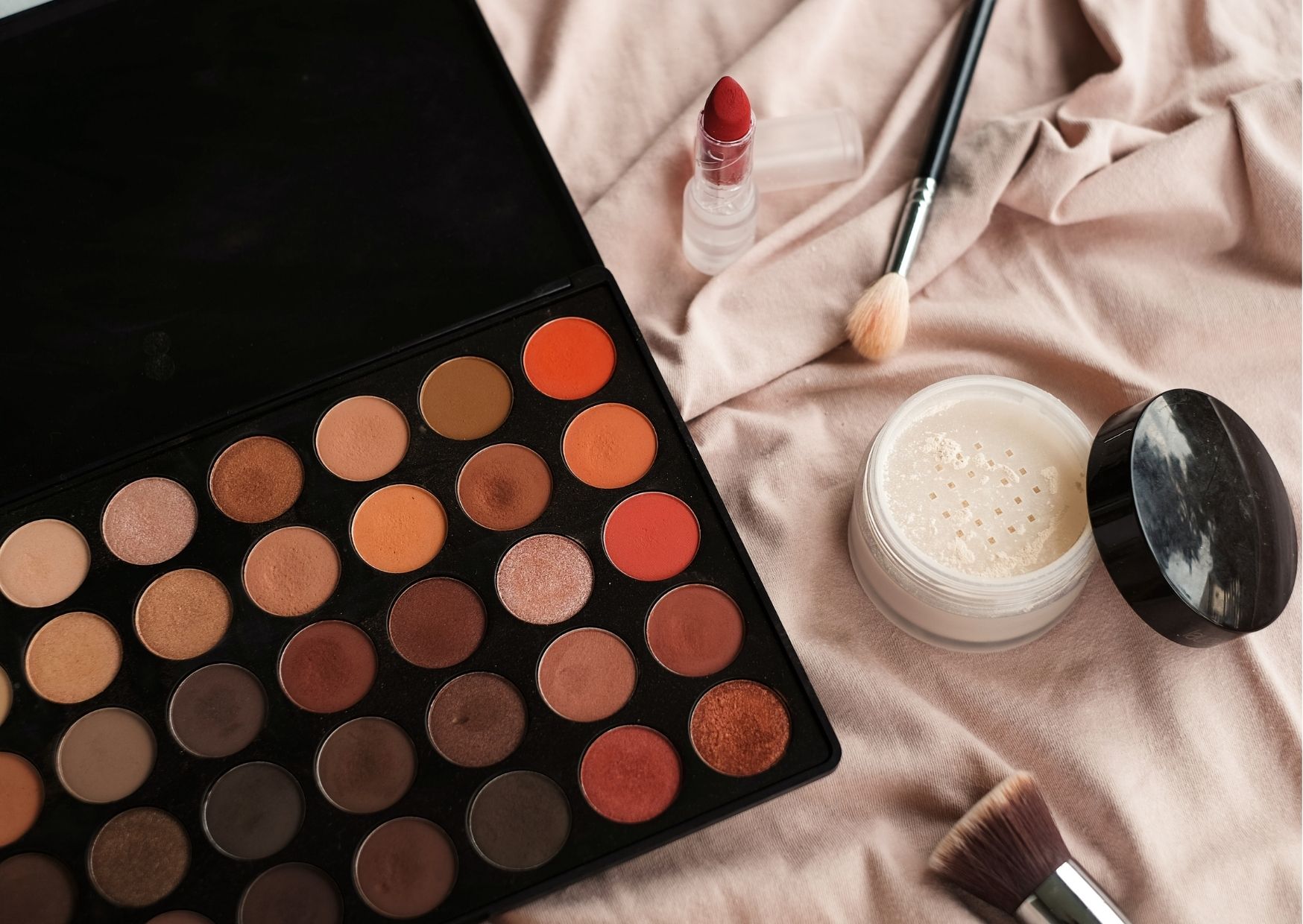For the past five years, the EU has been looking into restricting the use of intentionally added microplastics in products such as cosmetics, detergents, perfumes, fertilizers, etc. The European Commission (EC) recently published a long-awaited draft legislative proposal. It’s about time that the ball gets rolling and we turn this into law.
At the Plastic Soup Foundation, we see the legislation against microplastics as a huge win. With the Beat the Microbead campaign, we have been pushing for this restriction for years. So, you can imagine how frustrated we were to see that the EC uses a very narrow definition of microplastics. As a result, many synthetic polymers such as liquid, soluble and biodegradable ones are not covered by this proposed law.
What does that mean? That we will continue to see the use of potentially harmful microplastics in our personal care and cosmetics products. If that wasn’t enough, the proposal allows outrageously long transition periods of up to 12 years (!) for makeup, lip and nail products. This means that the use of microplastics will continue for more than a decade after the law has already gone into effect.

Makeup products can be full of microplastics
Makeup products contain from 1-2 to up to 13-15 plastic ingredients in our database. The European Commission suggests that these plastic ingredients have a smaller chance of escaping into our environment as these are “leave-on” products. A “leave-on” product means a cosmetic product which is intended to stay in prolonged contact with the skin, the hair or the mucous membranes.
We use makeup products very intimately, close to lips, nose and eyes. All routes of ingestion and inhalation. There’s a big chance that we unintentionally ingest tiny portions of these products. Health risks of microplastics are becoming a concern with the growing research on the subject. Microplastics have been found in the human placenta, lungs and blood. We are increasingly exposed to microplastics. What exactly microplastics do in our bodies is still yet to be adequately researched, but chemicals used in microplastics are linked with chronic diseases, hormonal imbalances and developmental problems in children.
Makeup products without microplastics already exist
We already believe that four years to get rid of microplastics from “rinse-off” products and six years for “leave-on” cosmetics is far too long. Most shocking is that a 12-year transition period has been proposed for products such as makeup, lipstick and nail polish. This is not necessary as there are plenty of alternatives available.
For instance, we dived into the Beat the Microbead database with about 3.686 makeup products, including lipsticks, foundations, mascaras, eyeliner, etc. We found out that 53% of these makeup products contained either red or orange or both of these microplastics. That leaves 47% of products without microplastics.
These numbers show that there are plenty of options available for harmful microplastic-free makeup products. Here are some of the cosmetic brands that are making quality makeup products without using harmful microplastics:
Here are three ways you can join our fight:
1. More signatures, more leverage: Sign and share the petition for a ban that bans ALL microplastics.
2. More data, more power: Download the free app and scan your cosmetics.
3. More support, more pressure: Please donate so we can keep fighting.
You might also like:
→ Get to know microplastics in your cosmetics
→ Why the upcoming EU legislation has a direct effect on your life!

